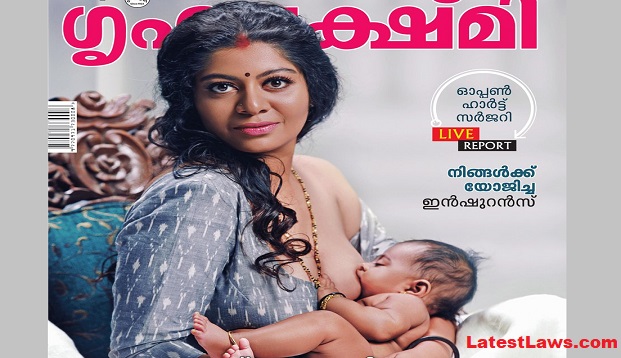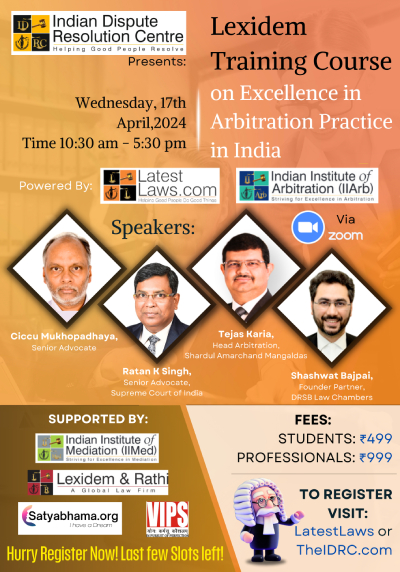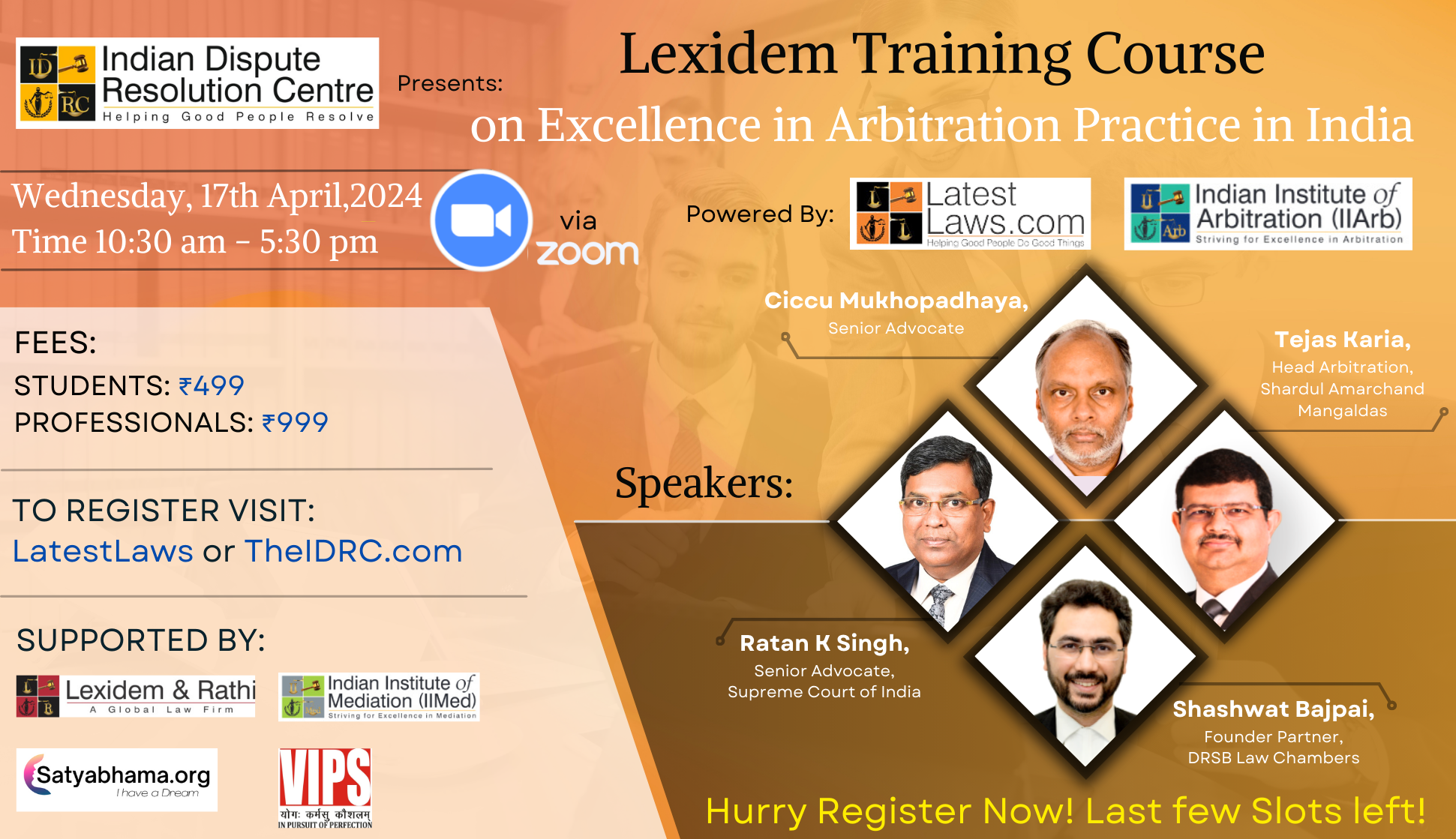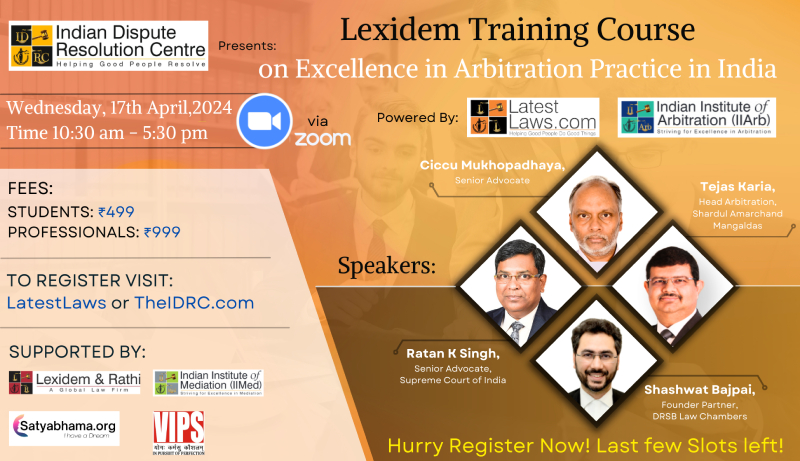December 26,2018:
The Author, Prabhu Selva Kumar is a 3rd year LLB student of C.S.I Institute of Legal Studies, Parasala Kerala University.
Judicial view of obscene picture Recently depicted pictures of women breastfeeding to her child published in a Malayalam magazine. It was hit the sentiment of the public and made anger against the publisher. Doing so, the law in question whether depicted the picture is amount to crime to attract the penal provisions of the Indian Penal Code.Our contemporary Glorious culture celebrates arts from Indus Valley Civilization to modern civilization and it flourished in the era from 2500 B.C to 1750 B.C. In this most of the Art forms, Women had depicted various positions and angles by the way of arts, Architecture, and sculptures etc.
Renaissance ushered in an uninhibited, though idealized, depiction of the body in traditional Indian art has celebrated the body as an object of beauty from ancient times, seen in the fresco paintings at various sites such as Ajanta and some part of images are sensuality and erotica seen on numerous temple walls across the country, from Khajuraho to Konark. Proving the extraordinary draw the human body has always been to the visual artist. The works are presented within the categories of the academic study, the sensual, the erotic etc.
In Indian art, from the sensual and erotic sculptures of temple art to the wide range of response to the body in modern art, accompanies the exhibition. In course of time, the depicted picture was developed into various forms which are affixed on books, notes etc.
Analyzing the precedent in the US, the Hicklin test is a legal test for obscenity established by the English case Regina v. Hicklin (1868). At issue was the statutory interpretation of the word "obscene" in the Obscene Publications Act 1857, which authorized the destruction of obscene books If depicted picture is amount to obscene, The court held that all material tending "to deprave and corrupt those whose minds are open to such immoral influences" was obscene, regardless of its artistic or literary merit.
In 1957, the US Supreme Court ruled in Roth v. United States, (1st) that the Hicklin test was inappropriate thus adopted Roth test that became essentially the new definition(on applying community standards) of obscenity in the United States.
Obscenity is a constitutionally unprotected form of speech. The test for determining whether something is ‘‘obscene’’ was established by the Supreme Court in 1973 in Miller v. California (2nd) The Miller obscenity test asks:
Whether the average person, applying contemporary community standards, would find that material, taken as a whole, appeals to the prurient interest, whether the material depicts or describes, in a patently offensive way, sexual conduct specifically defined by law; and, whether the material, taken as a whole, lacks serious literary, artistic, political, or scientific value. (This part of the test is governed by national, not community, standards.)
Pornography is not the same as obscenity. Pornography has no legal meaning; it is normally used to refer to sexually explicit material that may or may not qualify as obscene. Similarly, obscenity and indecency are not co-extensive. Decency is a standard used in the regulation of broadcast media to protect minors and is not part of the Miller test.
As far as India contest, Indian Penal Code strictly prohibits sales of the obscene book under this section 292 IPC was enacted by Obscene Publication Act to give effect to give to Art. I of the International Convention for suppression of traffic in obscene publication to which India is a signatory By Act 36 of 1969, S, 292 was amended to give more precise meaning to the word obscene as used in the section in addition creating an exception for publication of matter which is proved to be justified as being for the public good, being in the interest of science, literature, art or learning or other objects of general concern.
In addition to, Information technology Act 2000 strictly prohibit Obscenity in the internet and other electronic mediums and punishing them under the section of 67, 67A, 67B for publishing or transmitting obscene material in electronic form.
In Chairman & MD. Hindustan Latex Ltd. V. State of Kerala, (3rd)
In this case, an obscene advertisement was published in a daily. The advertiser said that the publication was intended in a good faith to promote the sale of the condom. The advertisement was withdrawn because of social objection. The advertiser also apologized. The complaint filed by a social worker no doubt maintainable but was quashed because complainant interest should give way to the larger public interest as to whether the prosecution would be proper in the circumstances of the case.
In Director general, Directorate General of Doordarshan and others vs.Anand Patwardhan & Anr. (4th)
In this case, the Hon’ble Supreme Court has again referred to the Hacklin test and observed that the relevant question are a) Whether the average person applying contemporary community standards would find that the work, taken as a whole appeal to the prurient interest. b) Whether the work depicts or describes, in a patently offensive way, sexual conduct specifically, defined by the applicable state law. c) Whether the work taken as a whole lacks serious literary, artistic, political or scientific.
In Aveek Sarkar & Anr vs State Of West Bengal And Anr. (5th)
In this case filed a complaint under Section 292 of the Indian Penal Code Complainant also urged that the accused persons should not only be prosecuted under Section 292 IPC but also be prosecuted under Section 4 of the Indecent Representation of Women (Prohibition) Act, 1986, since the photograph prima facie gives a sexual titillation and its impact is moral degradation and would also encourage people to commit sexual offenses.
The accused persons on 5.3.1993 filed an application before the Court for dropping the proceedings stating that there was no illegality in reproducing in the Sports World as well as in the Anandabazar Patrika of the news item and photograph appeared in a magazine ‘STERN” published in Germany. Further, it was pointed out that the said magazine was never banned entry into India and was never considered as ‘obscene’, especially when Section 79 of Indian Penal Code states that nothing is an offense which is done by any person who is justified by law, or who by reason of a mistake of fact and not reason of a mistake of law in good faith, believes himself to be justified by law, in doing it.
The Hon’ble Supreme Court has elaborately explained that the nude, is not “obscene” within the meaning of S. 292 of the Indian Penal Code. This judgment is particularly significant because it expressly rejects the Hicklin Test is also problematic in many respects. Due to this impact, the court adopted the Roth test (community standards test). In contrast to the Hicklin Test, which was focused on individual or isolated aspects of an entire work that could be deemed obscene, as well as its impact on “vulnerable” sections of society, the Court adopts what it called the “community standards” test that “A picture of a nude/seminude woman, as such, cannot per se be called obscene unless it has the tendency to arouse feeling or revealing an overt sexual desire. Only those sex-related materials which have a tendency of “exciting lustful thoughts” can be held to be obscene.
In Felix M.A Vs P.V. Gangadharan and Anr (6th)
The Kerala High Court recently refused to categorize a magazine cover with a woman breastfeeding her baby as obscene, noting that “shocking one’s morals” is an “elusive concept”, and that “one man’s vulgarity is another man’s lyric”.
The Petitioner contended that the magazine cover violated provisions of the Protection of Children from Sexual Offences Act and Rules, as well as Section 45 of the Juvenile Justice Act. He had also alleged the violation of provisions of the Indecent Representation of Women (Prohibition) Act, 1986, and Article 39(e) and (f) of the Constitution of India.
The Court, however, did not agree with the petitioner’s allegations. To drive home the point, the Court began by emphasizing on the point that Indian art has long appreciated and celebrated the beauty of the human body. It, in fact, took the note of the paintings in Ajanta, and the Kamasutra to highlight the maturity of the Indian psyche. The Bench observes that “We do not see, despite our best efforts, obscenity in the picture, nor do we find anything objectionable in the caption, for men. We looked at the picture with the same eyes we look at the paintings of artists like Raja Ravi Varma. As the beauty lies in the beholder’s eye, so does obscenity, perhaps. Taking note of the judgment in Aveek Sarkar’s case, the High Court now opined that it squarely answers the petitioner’s allegations, and dismissed the petition, ruling,
“Going by the contemporary community standards —and without troubling ourselves with patent offensiveness—we may observe that, given the picture’s particular posture and its background setting (mother feeding the baby), as depicted in the magazine, it is not prurient or obscene; nor even suggestive of it.” In this circumstance concluded that the nude has historically been one of the central subjects of art, but it remains a subject of controversy and censorship in the United States.
The beauty of the human body has inspired painters, photographers, sculptors, and choreographers for many centuries. For hundreds of years, there have been sculptures of nudes in many public spaces from Washington, D.C. to the capitals of Europe. Nevertheless, exhibition spaces frequently decide to censor artwork containing nudity so as to “protect children” from what some might think is “indecent,” or simply to avoid controversy.
Supreme court of India has been stated multiple times that simple nudity (i.e., representations of the nude body in a non-sexualized manner) is constitutionally protected expression.
Relevant case laws: 1. 354 U.S. 476 (1957) 2. 413 U.S. 15 (1973) 3. 1999 Cr LJ 808 (Ker) 4. 2006(8) SC 255. 5. (2014) 4 SCC 257 6. W.P.(C) No. 7778 of 2018
References: 1. https://en.wikipedia.org/wiki/Hicklin_test 2. https://indconlawphil.wordpress.com/2014/02/07/obscenity-the-supreme-court- discards-the-hicklin-test/ 3. http://judis.nic.in/HCS/list_new2_Pdf.asp? FileName=588412&Table_Main_Txt=Kerala_Judgments_Pdfs 4. http://www.artistrights.info/obscenity-nudity/ 5. Ratanlal and dhirajlal.
Picture Source :




























